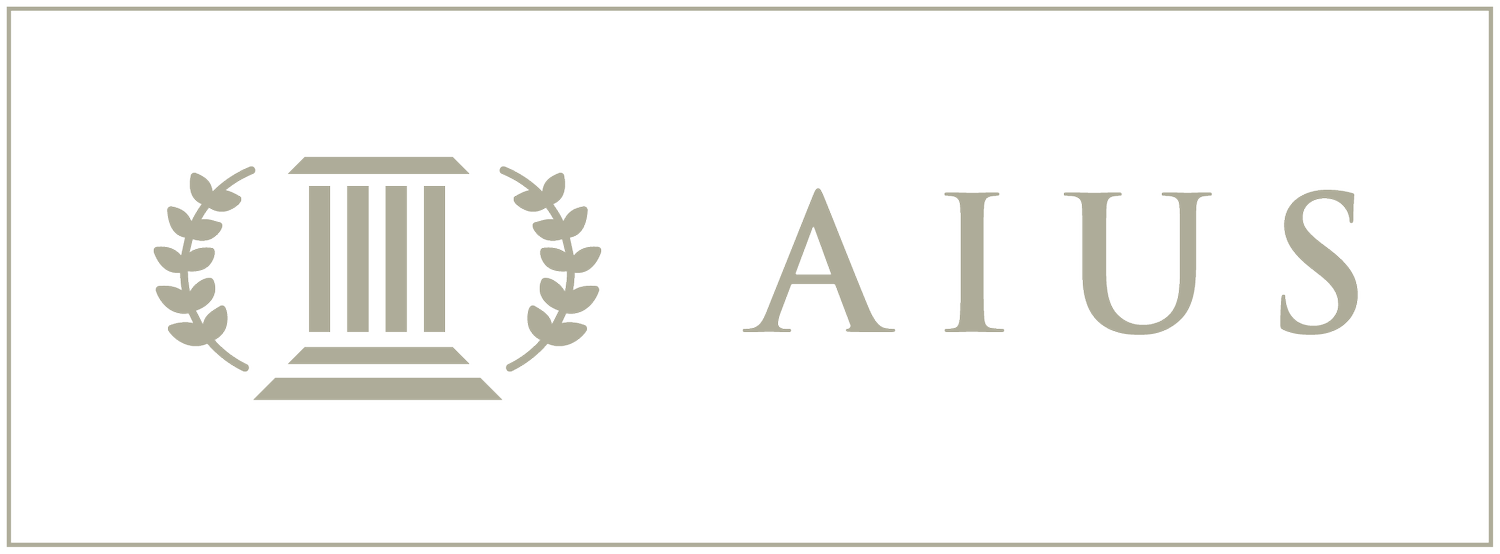Swedish FDI: Broad Scope, Limited Intervention
An avalanche of regulatory filings
In mid-April, the latest statistics on Swedish Foreign Direct Investment (FDI) filings were published by the Inspectorate of Strategic Products (ISP) . During Q1 2025, 365 FDI filings were received, up from 245 during the same period in the preceding year. In 2024 - the first full year under the new Swedish FDI regime - a total of 1263 notifications were received. This likely brings the current total close to 2000 filings, in less than two years.
These are substantial numbers. By way of comparison, the Swedish Competition Authority has assessed a total of approximately 3400 merger filings in the 32 years since the launch of the Swedish merger control regime in 1993. By the same token, the number of FDI notifications received in Sweden exceed the number in significantly larger economies, with the number of FDI notifications received in a year in France, Germany and the UK amounting to 309, 261 and 906, respectively.
The considerable volume of Swedish FDI filings is the result of several features of the Swedish regime, which include:
A wide material scope - covering seven areas of “activities worthy of protection”, with broad sub-categories.
The inclusion of EU and Swedish investors under the obligation to notify.
The obligation to notify successive acquisitions of influence involving the same parties, inter alia when triggering different voting rights thresholds (10 %, 20 %, etc.).
The obligation to notify group internal restructuring measures.
A wide definition of the types of investments that are notifiable, including the acquisition of influence e.g., through the presence of a board member, veto rights, the acquisition of voting rights of 10 % or above, or by greenfield investments.
In addition, the ISP has powers to call in, assess, and prohibit, investments that fall outside the scope of the mandatory obligation to notify, provided the activities fall within the material scope of the FDI Act. In other words, the Swedish legislation is clearly intended to close any loopholes by which a potentially harmful foreign investment must be tolerated as a result of limits on the authority’s mandate. This is a difference in relation to the Swedish merger control regime to date, where concentrations harmful to competition must be tolerated if falling below a mandatory jurisdictional turnover threshold.
The ISP shows restraint on substance…
The fact that the FDI legislation casts a very wide net has not translated into an excessive level of intervention. Of the +1600 filings received by the end of Q1 2025, less than 35 had triggered the scrutiny phase (phase 2). Out of these 35 cases, 5 investments have been approved with conditions, and one investment has been prohibited. While the statistics do not reveal whether some investments have been abandoned as a result of the regulatory scrutiny, the threshold for the ISP intervening by way of a prohibition decision under the FDI Act is clearly high. Given the sensitivity of the considerations in this area, ISP’s substantive assessments are not made public, nor can they be challenged before a court. Appeals of prohibition decisions are instead to be directed to the Government, which will have the final say. While the travaux preparatoires and the ISP’s publications give some guidance beyond the letter of the law, the conditions for self-assessment on substance will remain accordingly limited.
… But not on procedure
In the event a notifiable investment is implemented before regulatory approval, the Swedish FDI Act empowers the ISP to impose sanctions, ranging from 25 000 to 100 000 000 SEK. The ISP imposed the first gun-jumping fine under the new rules in December 2024. The fine was subsequently upheld by the Stockholm Administrative Court by its judgment of 8 May this year (case 89-25). In the case, there were several attenuating circumstances, e.g., the investment being unproblematic on substance, this being the first time the gun-jumping rules have been applied, and the investor being a Swedish company, in good faith unaware of the new rules. Nevertheless, the ISP concluded that a fine was necessary, and that a sanction below 200 000 SEK (approx 18 000 EUR) in this case would not be sufficiently deterrent. While no particular mathematical method for calculating the fine can be inferred, it is clear from the decision that the authority is poised to impose significantly higher fines in future cases, when the attenuating circumstances described above are not present.
Better safe than sorry
The form for a Swedish FDI filing is a six-page document, the answers to which may be e-mailed to the authority or uploaded online. While further explanations will sometimes need to be provided in annexes, the fact remains that for the vast majority of investments, a Swedish FDI filing is a relatively limited exercise. The notification may be prepared and submitted in English. The phase 1 waiting period is 25 days, which starts running when the ISP deems the notification complete.
In the event there is any uncertainty as to whether an investment falls within the scope of the FDI Act, promptly preparing and submitting a notification may not take much longer than an in-depth analysis of the obligation to file, and will often be advisable.
